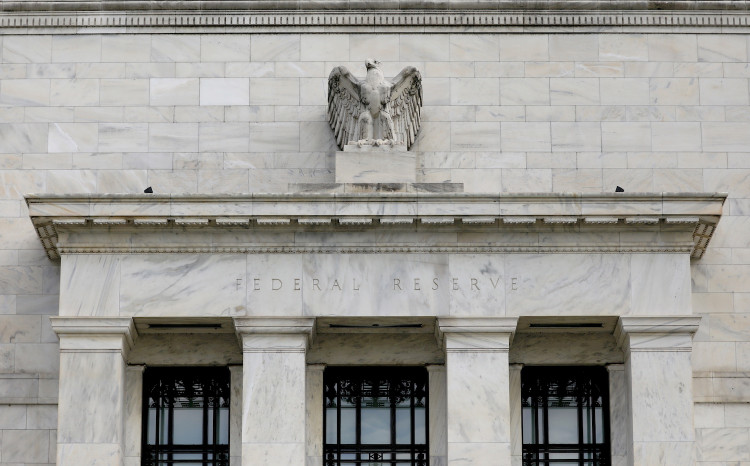The Bank of England (BoE) cut interest rates for the first time in four years, reducing the benchmark rate from a 16-year high of 5.25% to 5%. The decision, reached after a narrow 5-4 vote by the BoE's Monetary Policy Committee, reflects growing divisions among policymakers over whether inflationary pressures have sufficiently eased.
Governor Andrew Bailey, who led the decision, emphasized a cautious approach moving forward. "We need to make sure inflation stays low and be careful not to cut interest rates too quickly or by too much," he stated in a post-decision announcement. This rate cut aligns with the forecast from a Reuters poll of economists, although it initially surprised financial markets, which had only seen just over a 60% chance of a cut.
The decision had immediate effects on the markets, with the domestically focused FTSE 250 midcap index gaining 0.3%, hitting its highest level in over two years. However, the blue-chip index remained unchanged. Sterling fell to a session low of $1.2752 immediately after the decision before recovering some losses to trade at $1.2787, down 0.54% for the day.
The reaction from the bond market was notable, with benchmark 10-year gilt yields dropping by 3.9 basis points to 3.936%. Two-year gilt yields, which are more sensitive to shifts in monetary policy, fell by 5 basis points to 3.762%, reaching around 15-month lows. Laura Foll, UK Equities Manager at Janus Henderson in London, noted the market's struggle to price ahead of this decision due to the absence of clear signals from the BoE during the election campaign. "The BoE is still being cautious-it was a close decision, and the message is clear: don't expect rate cuts at every meeting. But peak interest rates are, for now, behind us," Foll said.
Harry Richards, Portfolio Manager at Jupiter Asset Management, argued that the BoE was justified in starting to cut rates now. "The economy has evolved to such an extent that the level of extreme monetary policy was simply no longer required. Instead, dialing back the degree of restrictiveness makes ample sense," he said.
The narrow vote reflects the concern among some BoE policymakers that inflation hasn't been fully controlled. Despite inflation in the UK slowing to 2% in May and remaining at that level in June, inflation in the dominant services sector, at 5.7%, has proven to be sticky. Philip Shaw, Chief Economist at Investec, highlighted the labor market's role in the decision. "The various signs of loosening in the labor market appear to be a big factor in the decision today," he said. Shaw also predicted further rate cuts this year, noting that the BoE, like other central banks, is in a data-dependent mode.
Colin Asher, an economist at Mizuho, suggested a steady quarterly pace of reductions. "I would probably expect the next cut to come in November, assuming macroeconomic developments unfold as they expect," he said. Asher also expects sterling to gradually strengthen, given the cautious guidance from the BoE compared to the more dovish stance of the US Federal Reserve.
Dean Turner, Chief Eurozone and UK Economist at UBS Global Wealth Management, anticipates further easing in the coming months as disinflationary trends continue into the new year. Turner sees potential for sterling to gain momentum when the Federal Reserve joins the interest-cutting cycle, which he expects to happen in September.
The BoE's decision comes at a time of relative political stability following the recent election result. However, the new government's acknowledgment that taxes will need to rise is likely to act as a brake on economic growth, increasing the pressure on the BoE to lower rates in the medium term. Jeremy Batstone-Carr, a strategist at Raymond James, noted the UK's stronger-than-expected economic performance in recent months, which has provided an economic boost for the newly installed Labour government. "However, real interest rates remain high, and there has been a stronger-than-expected strengthening in demand over potential supply constraints, notably in the labor market," he said.






